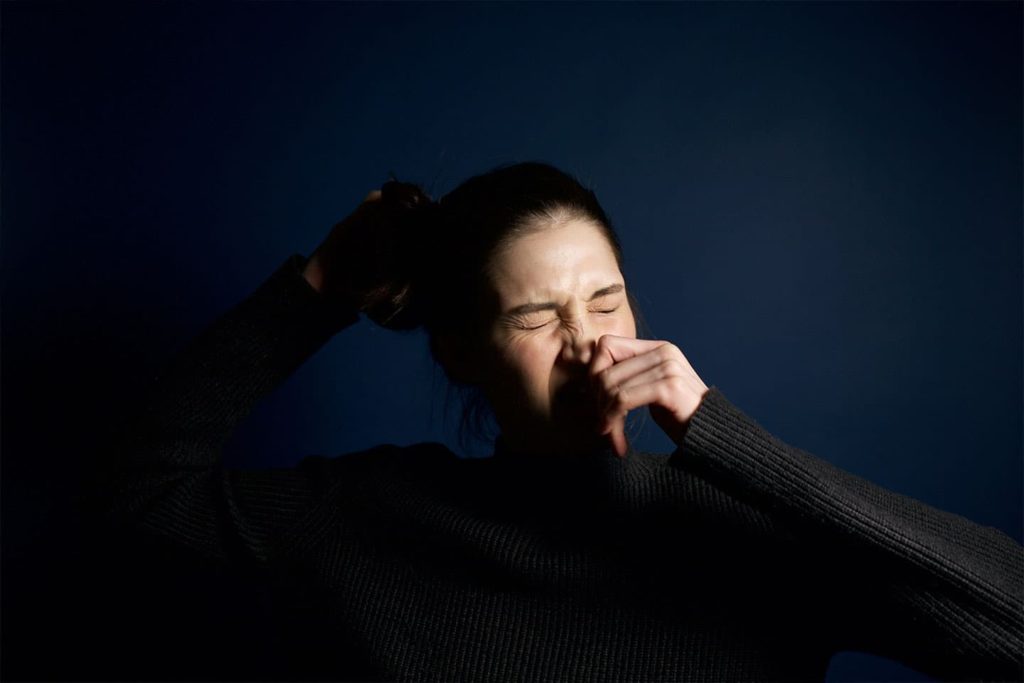How to Beat Allergy Season with Probiotics
No matter where you live, if the 2018 allergy season hasn’t started already, it will very soon for up to 30 percent of American adults and 40 percent of kids.
If you’re dealing with hay fever, one of the most common seasonal allergies around, you already know the routine. Exposure to outdoor or indoor allergens (not to mention strong chemical odors from cleaning products and perfumes or smoking) can trigger a stuffy or runny nose, which can lead to sneezing, upper respiratory congestion and fatigue.
Unfortunately, avoiding allergens in our polluted environment can only get you so far and taking medications can be a hit or miss.
Are you tired of the usual rounds of nasal sprays, antihistamines, decongestants, eye drops and allergy shots that only keep seasonal allergies at bay? Taking a probiotic may be a smarter solution to ease your allergy symptoms, according to research appearing in The American Journal of Clinical Nutrition.
University of Florida researchers randomly split 173 healthy adults who suffered from seasonal allergies, either into a placebo group or a second one that was given a probiotic containing multiple species of beneficial bacteria.
(Two of the three bacteria species tested in this study included proprietary blends of Bifidobacterium bifidum and Bifidobacterium longum, key ingredients in EndoMune Advanced Probiotic. All three species were chosen based on their performance in previous studies and their ability to boost the immune system.)
During the eight-week research period – deliberately scheduled during the height of the spring allergy season — patients reported their symptoms regularly via online surveys and provided fecal samples to monitor any gut bacteria changes.
Those who took probiotics experienced improvements in their symptoms, including fewer allergy-related nasal problems. Plus, patients in the probiotic group reported far fewer problems with constipation too.
This isn’t the first time we’ve discussed the benefits of using a probiotic containing another EndoMune species (Lactobacillus casei) to combat hay fever naturally by supporting the body’s immune system.
There are plenty of reasons to take simple steps to prevent allergies from invading your home, even if you have to travel to and from your home outdoors at least once a day for work or to run errands.
That’s why taking a probiotic with multiple species of beneficial bacteria like EndoMune Advanced Probiotic may be your best first step to protect your health during the coming allergy season.
How to Beat Allergy Season with Probiotics Read More »


